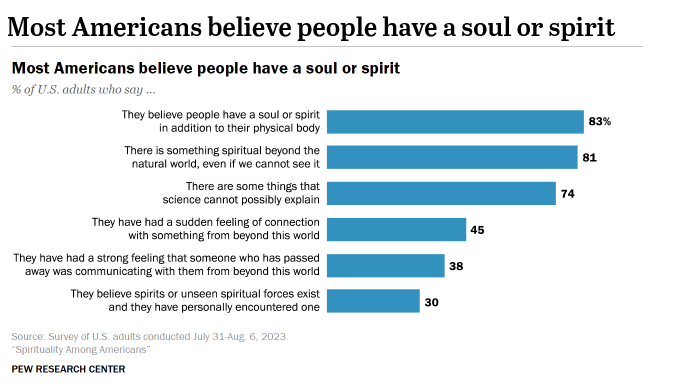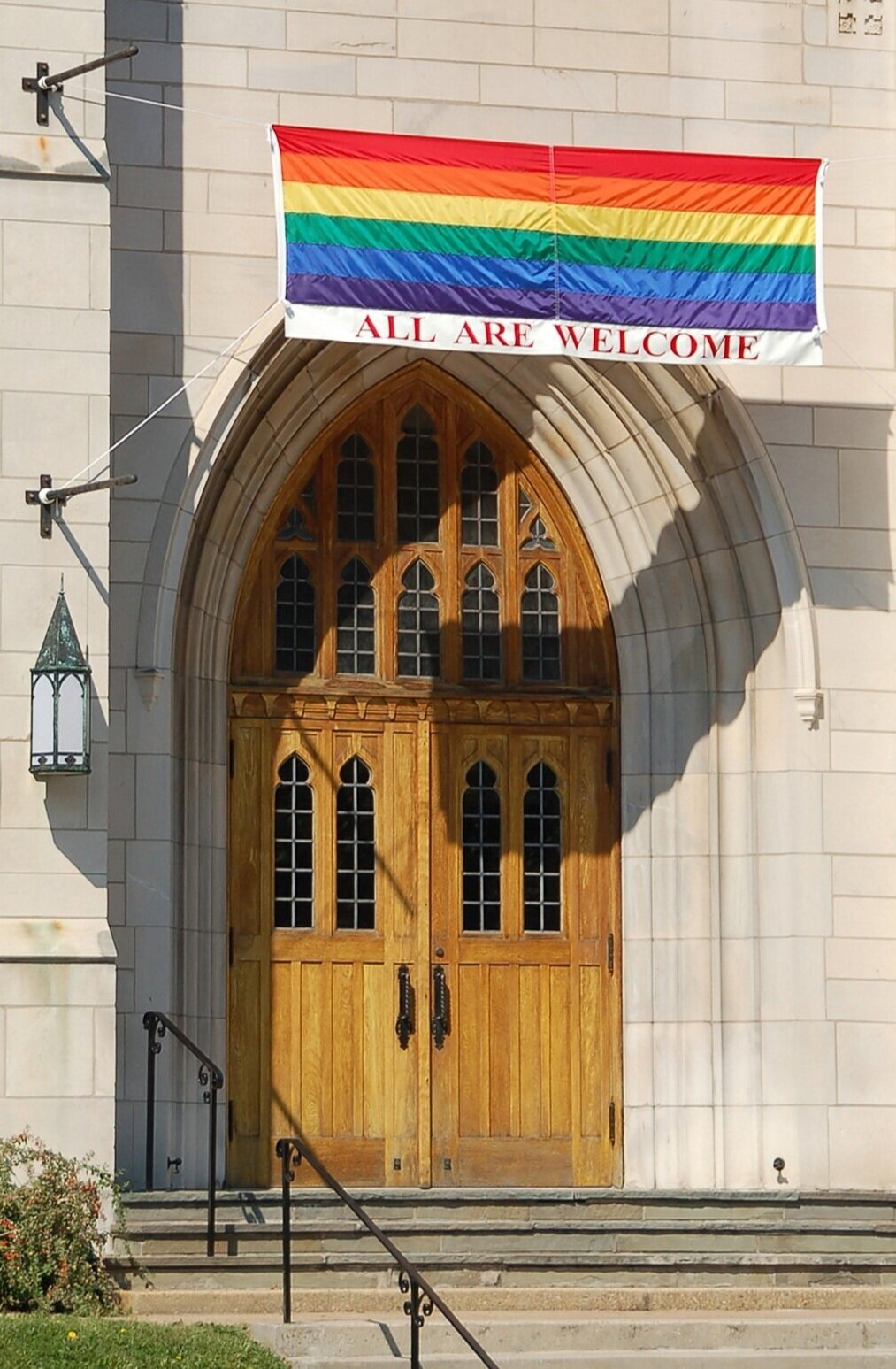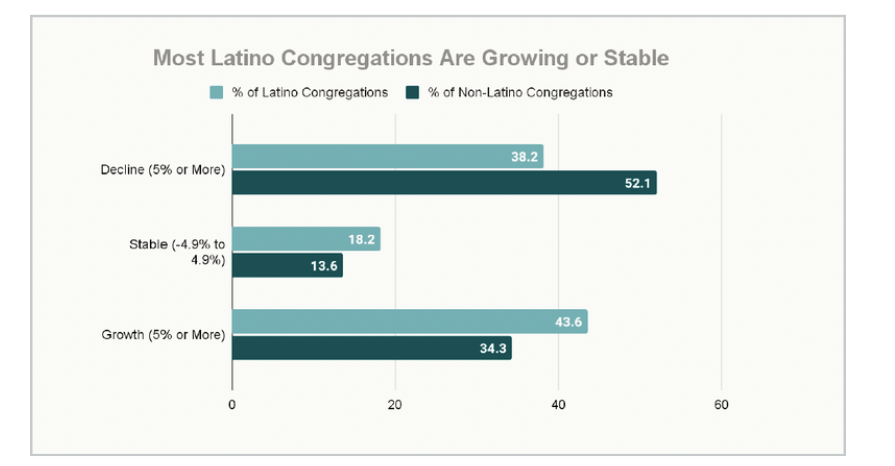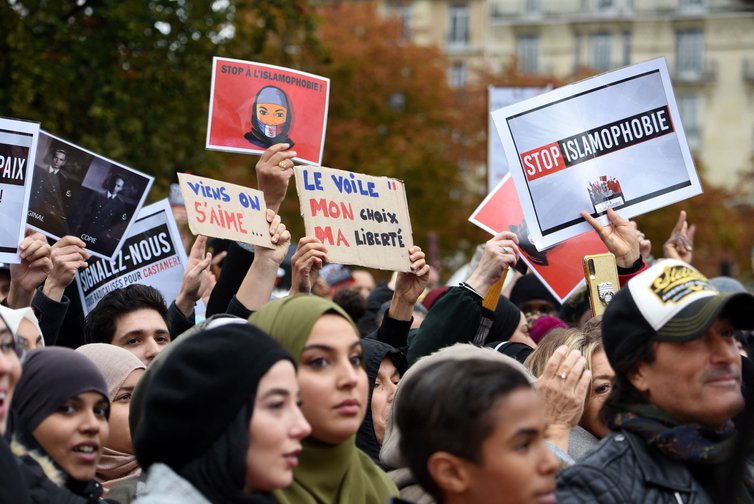
(The Pew report can be downloaded from: https://www.pewresearch.org/religion/2023/12/07/spirituality-among-americans/)


Source: Bethel Congregational United Church of Christ.
A study finds that while liberal religious groups and people may indeed be more liberal than unaffiliated Americans, such movements and organizations have a limited “liberalizing effect” on their members compared to their conservative counterparts. In an exploratory study published in the Journal for the Scientific Study of Religion (online in December), Cornell University sociologist Landon Schnabel utilizes the General Social Survey and the Baylor Religion Survey to analyze what ideological effects liberal and conservative religious groups might have on their adherents. Finding that liberal religious groups and their members, such as the Unitarian Universalists, are often more liberal than unaffiliated Americans in terms of their official denominational positions and the kinds of activism in which they are involved, Schnabel expected to find that politically distinct religious groups would have varying effects on their members going in both liberal and conservative directions. Instead he discovered that involvement in liberal religious groups did not have a significant liberalizing effect on their members. Rather, while these groups may have a less conservatizing effect compared to conservative religious bodies, Schnabel found that the effect “is still generally conservatizing nonetheless.”
He found that liberal religious groups tended to focus more on economic justice than on such distinctively progressive causes as feminism and LGBTQ rights. “In other words,” he writes, “those who frequently attend gay-affirming congregations are not the most liberal. Instead, it is those who attend them least frequently.” Schnabel speculates that it may be that religion is not “endlessly pliable” and there may be something inherently conservative about religious practice. In any event, “liberal religion seems a less effective response to the Religious Right than expected. Rather than a counterbalance to conservative religion, liberal religion seems to generally tip the scales further right.”
(Journal for the Scientific Study of Religion, https://onlinelibrary.wiley.com/journal/14685906)

The surveys find that Latino faith communities rely more heavily than others on informal means of technology-based communication (social media, texting, apps) rather than more formal means (email, e-newsletters, and websites) to foster connections within and beyond their churches. “Nearly quadruple the average percentage of Latino congregations’ income comes from fundraising when compared with other congregations’ income.” Stable congregations have higher per capita giving compared to both growing and declining congregations, and they also are more likely to pay rent than own their facilities. Post-lockdown, online giving decreased in Latino congregations overall despite an increase in congregations having an online giving option. With a substantial segment “of leaders being employed beyond their faith communities and unpaid in their ministry roles, many congregations renting their facilities, most having lower average income and higher per capita expenses, and giving severely decreased post lockdown, congregations—as well as religious and denominational bodies— must begin to address some of these systemic issues in order to ensure continued vitality and viability,” the report concludes.
(The full report can be downloaded here: https://faithcommunitiestoday.org/wp-content/uploads/2023/12/EPIC-FACT-Latino-Report.pdf)

People demonstrate against Islamophobia in October 2019, Paris (Alain Apaydin /ABACAPRESS.COM – source: OpenDemocracy).
A new study finds a unique pattern of support for and control of religion in secular European states that is also seen in countries with official religions. The study by Jonathan Fox, published in the International Journal for Religious Freedom (16:2), looked at 43 European states within the larger Religion and State (RAS) dataset, examining to what degree these countries support, regulate, restrict, and control their majority and minority religions. Distinguishing between countries that have an official religion, those that have strict religion and state separation, and those that have neither, Fox found that European states with constitutional religion and state separation show a strong tendency to support religion (in its educational, charitable, and architectural dimensions, for instance), but in a way that allows them to control it. They both directly regulate their majority religions and engage in government-based religious discrimination more than other European countries. “Thus, it is fair to conclude that secular states in Europe are a more direct threat to freedom of religion than European states with official religions…During the period covered by this study the secular Gods are less tolerant than the Christian God,” Fox writes.
But even in states with official religions and no religion and state separation policies, there is an attempt to restrict religious freedom. This pattern can be seen in the fact that the three Muslim and Jewish religious practices seen as objectionable to some manifestations of secular ideology are more likely to be restricted in states with official religions than in states with separation of religion and state. “It can also be seen in the tendency of states with official religions to regulate, restrict, and control their majority religion. Yet it is secular European states which are most likely to engage in [government religious discrimination], suggesting that in Europe, those who are connected to a religion are more likely to be tolerant of other religions,” Fox concludes.
(International Journal for Religious Freedom, https://ijrf.org/index.php/home)